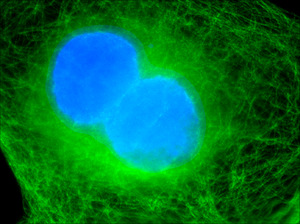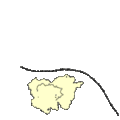Motile facts for kids
Motility is the ability of an organism to move by itself. This means using its own energy to get around. Think of it like a person walking or a fish swimming. This is different from mobility, which is when something can be moved by an outside force, like a toy car being pushed.
The ability to move is often passed down through genes from parents to offspring. However, things in the environment, like the food an animal eats or if it gets sick, can also affect how well it moves.
Motility isn't just about big animals moving around. It also applies to tiny bacteria and other microorganisms. Even parts inside our bodies, like how food moves through our digestive system, show motility. Animals that move freely in the ocean are often called free-swimming. Organisms that don't live off other creatures are called free-living.
Organisms that cannot move themselves are called sessile. For example, a tree is sessile because it stays in one place.
Contents
How Organisms Move
Many different living things show motility. This includes animals, tiny microbes, and even some parts of plants.
Animal Movement
Most animals are motile. They use different ways to move, like walking, running, flying, or swimming. For example, a cheetah can run very fast because its muscular system allows for powerful movement. Some animals, like jellyfish, move by letting ocean currents carry them along. This is called passive movement.
Tiny Life Forms Move Too
Even very small living things, like bacteria and other microorganisms, can move. Some bacteria have tiny whip-like tails called flagella that help them swim. Other tiny cells, like some cells in our immune system, can crawl by changing their shape. They stretch out parts of themselves, like a blob, to move towards things they need to engulf.
Plant Movement
While most plants stay in one spot, some parts of plants can show motility. For example, plant shoots often grow and bend towards light. This movement is called phototropism. Roots also show movement by growing away from light and towards water.
Movement Inside the Body
Motility also happens inside our bodies! Our digestive tract uses muscle movements to push food through it. This process helps us digest our meals. Even at a very tiny level, inside our cells, tiny proteins and molecules move around to do important jobs, like building new proteins.
Images for kids
-
Monocytes and macrophages of the immune system engulf Bacteria by extending their pseudopodia. Note that this cartoon is not an accurate representation of phagocytosis.
-
Motility at the sub-cellular level. This depicts translation - a motile nanoscale molecular process using protein dynamics.
See also
 In Spanish: Motilidad para niños
In Spanish: Motilidad para niños






